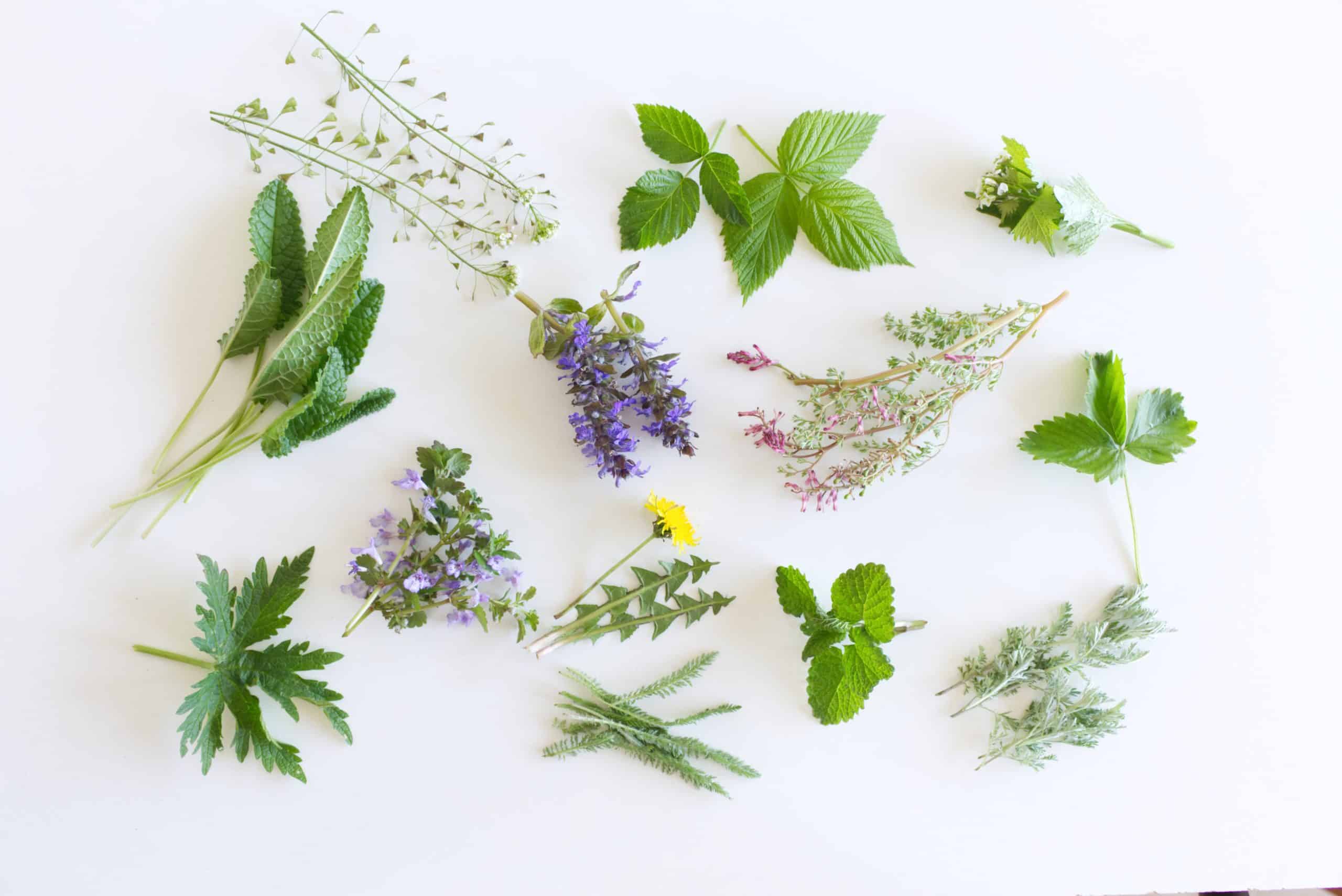
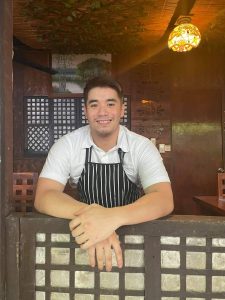 For young chef Don Baldosano, foraging is a practice that actually started at home. “Whenever my family would cook something like laswa, I remember as a kid that they would just walk around the empty lands around our village and start looking for kulitis or wild spinach to be added to the Ilonggo dish,” he says.
For young chef Don Baldosano, foraging is a practice that actually started at home. “Whenever my family would cook something like laswa, I remember as a kid that they would just walk around the empty lands around our village and start looking for kulitis or wild spinach to be added to the Ilonggo dish,” he says.
And then, the act of searching and gathering wild food for free reinforced itself further in school, when he took up biology. “We had a botany course for a year where we identified and studied plants. It showed me how interesting and lush our own terroir is. And that there are so many possibilities here in the Philippines for discovering new ingredients.”
Now that he runs his own private dining spot, he gets to carry out the habit that has long been presenting itself to him throughout his life. Foraging, he believes, is actually something commonly done, perhaps not in the concrete jungle of Manila, but in rural places where homes grow fresh produce in their backyard. “It is still a huge part of our culture, especially in different provinces,” he says. “It is just not given that much spotlight as it is a usual thing for them, gathering ingredients for their cooking.”
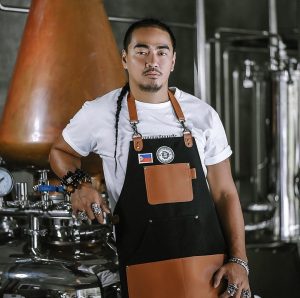 Famed mixologist Kalel Demetrio has an innate love for nature and outdoors even as a young kid. Living in the province growing up allowed him to climb trees, play in the wild, and just be curious with the environment around him. And so foraging when he got one foot in the F&B door became an instinctive practice. “The story and origin of each produce tells our past life and culture and as a modern day shaman, I feel I need to justify and liberate those bounties into their future form , that’s why product development is always in my mind.”
Famed mixologist Kalel Demetrio has an innate love for nature and outdoors even as a young kid. Living in the province growing up allowed him to climb trees, play in the wild, and just be curious with the environment around him. And so foraging when he got one foot in the F&B door became an instinctive practice. “The story and origin of each produce tells our past life and culture and as a modern day shaman, I feel I need to justify and liberate those bounties into their future form , that’s why product development is always in my mind.”
Foraging may be quite uncommon in the country, he admits, because a lot of the indigenous items are hard to propagate, seasonal and organic. “And no one farms it,” he adds. “There was also a certain time during one regime when they focused on high yielding crops only, in the process, leaving other bounty with not much of a study. So I feel a sense of responsibility to research and self-fund the exploration.”
Baldosano usually goes to Alfonso, Cavite to forage. Right behind his family’s place is a lush forest where he can easily get lost and find interesting things to cook with. He usually considers two things when looking for a place to search for wild food. It’s either an area that hasn’t been explored much yet (places wherein there are no paths is a good indication), or any land near the beach is perfect as well due to the sea breeze. “Plants that you can get there have a perfect salinity, which just makes the ingredient perfect,” he says.
Demetrio’s favorite spots are Batangas, Negros, and Laguna since it has a varied landscape such as mountains, lakes, hills and highland. “Also, it is very easy to commission a local producer or even assign a local forager to keep the supplies going.” he says. “I am always on the lookout for fruit-bearing trees near a natural water source because you can be sure they will be abundant.
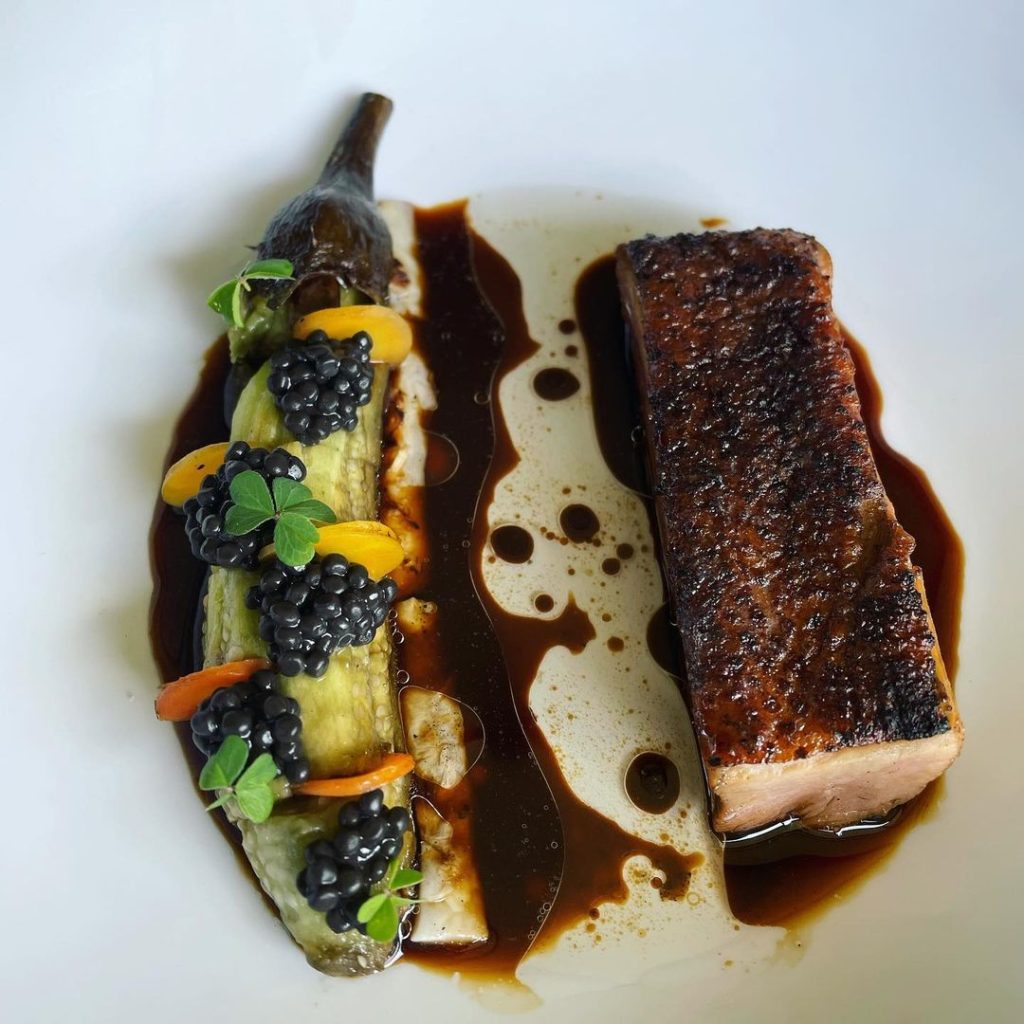 | 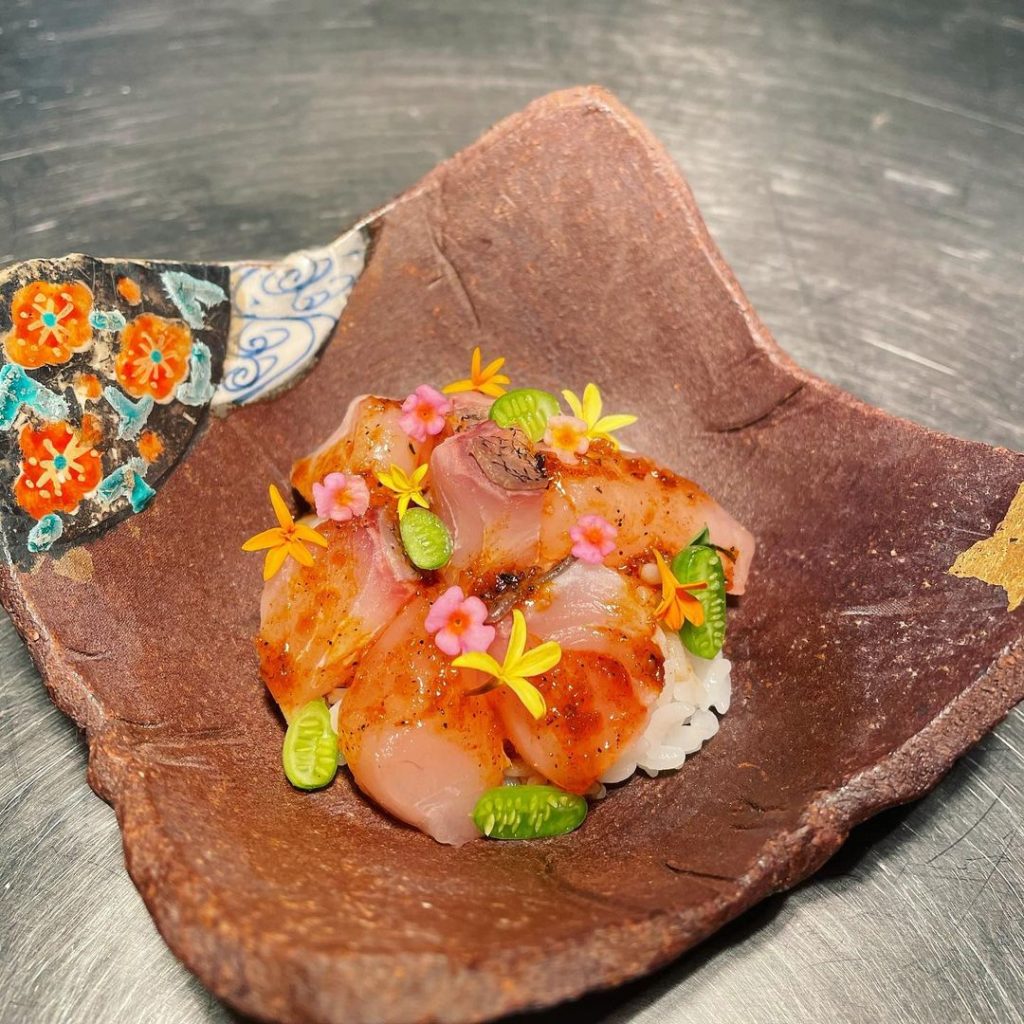 |
Not knowing what they put in their mouths has already caused these two adventurous guys in trouble. Baldosano, for instance, ate gabi leaves not knowing that it can give an allergic reaction when uncooked. “My throat was already closing and I couldn’t breathe so I had to run back quickly to where my family was staying in order to get medicine.” The same happened to Demetrio who tried fresh taro leaves in Bicol. His body felt dehydrated and his throat itched for days.
They have both learned from their misfortunes and are now more cautious. Before trying anything out, they do the skin proofing test where they crush the item and rub it in their neck or just below their ears. If there’s any unfavourable reaction or irritation, then it’s a sign to maybe not eat it out right.
Luckily, they have been more successful than not when it comes to their foraging adventures. Baldosano currently forages a lot of kabote mamarang in Cavite these days. He uses them for a savoury dessert that’s inspired by the refreshing afternoon snack mais con yelo. He makes a sorbet using dried mamarang mushrooms and muscavado, then top it with a granita of local milk, the same mushrooms cooked in pulot sa buri, then finished with burnt pandesal crumble.
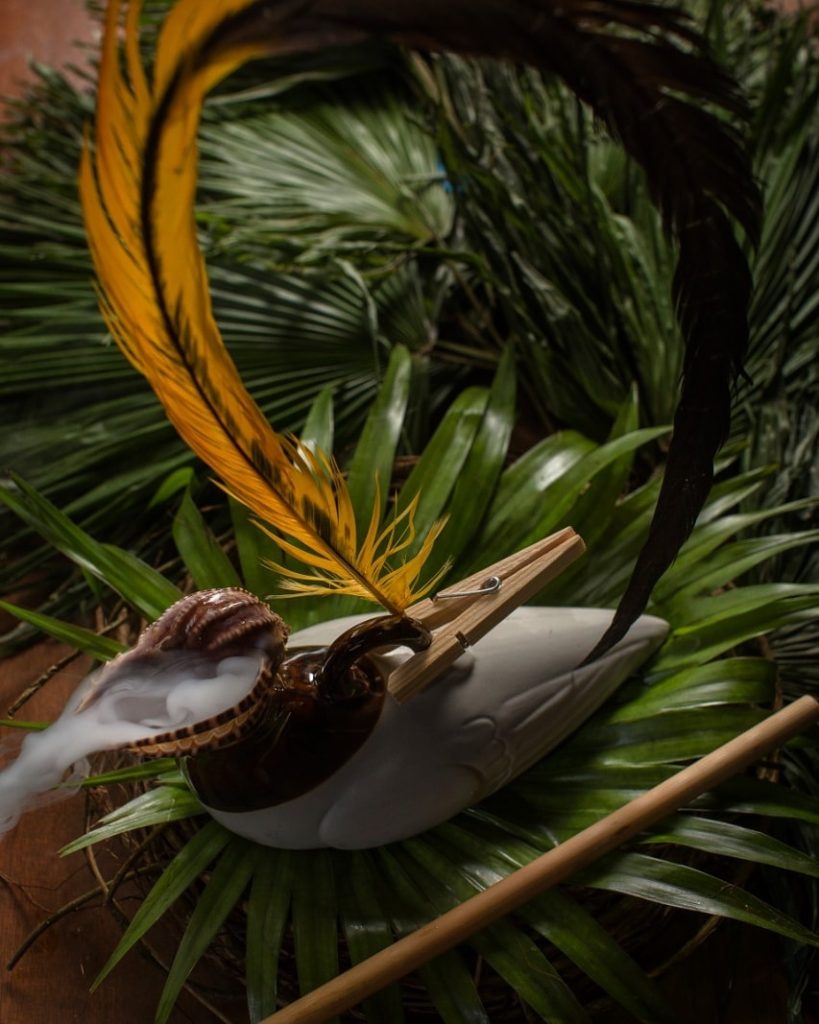 | 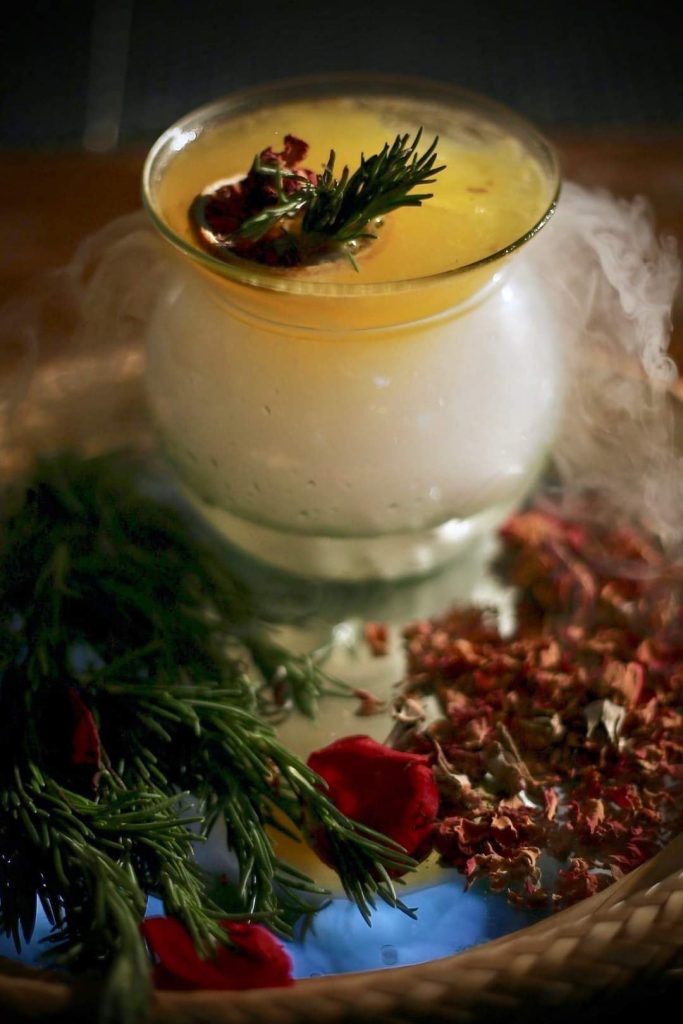 |
Kalel includes a lot of his discoveries in his beverages too. The serpentina from Laguna and Quezon has become one of his widely used bittering agents. The hoja santa from Isabela he relies on for his root beer spirits, while the biasong from Mindanao he plays with to make his Agimat gin.
“Foraging for cooking is essential because it brings light to ingredients that are not known at all to the public,” says Baldosano. “It is the job of us cooks and chefs to study and learn about these ingredients and introduce them to other Filipinos to eat and enjoy, and hopefully, one day, that would turn them to foraging as well.”

He adds, “Everyone must try to forage even at least once in their life. It is a way for us to connect with nature. And once we have that connection, our food will become more natural and true to our land.”

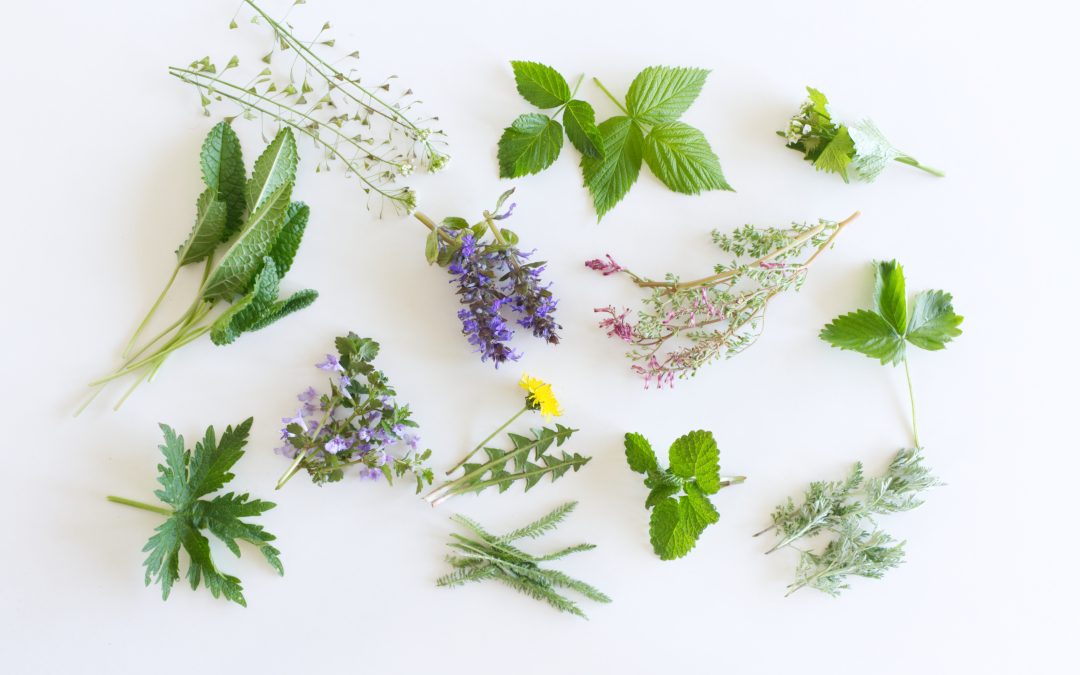
Recent Comments